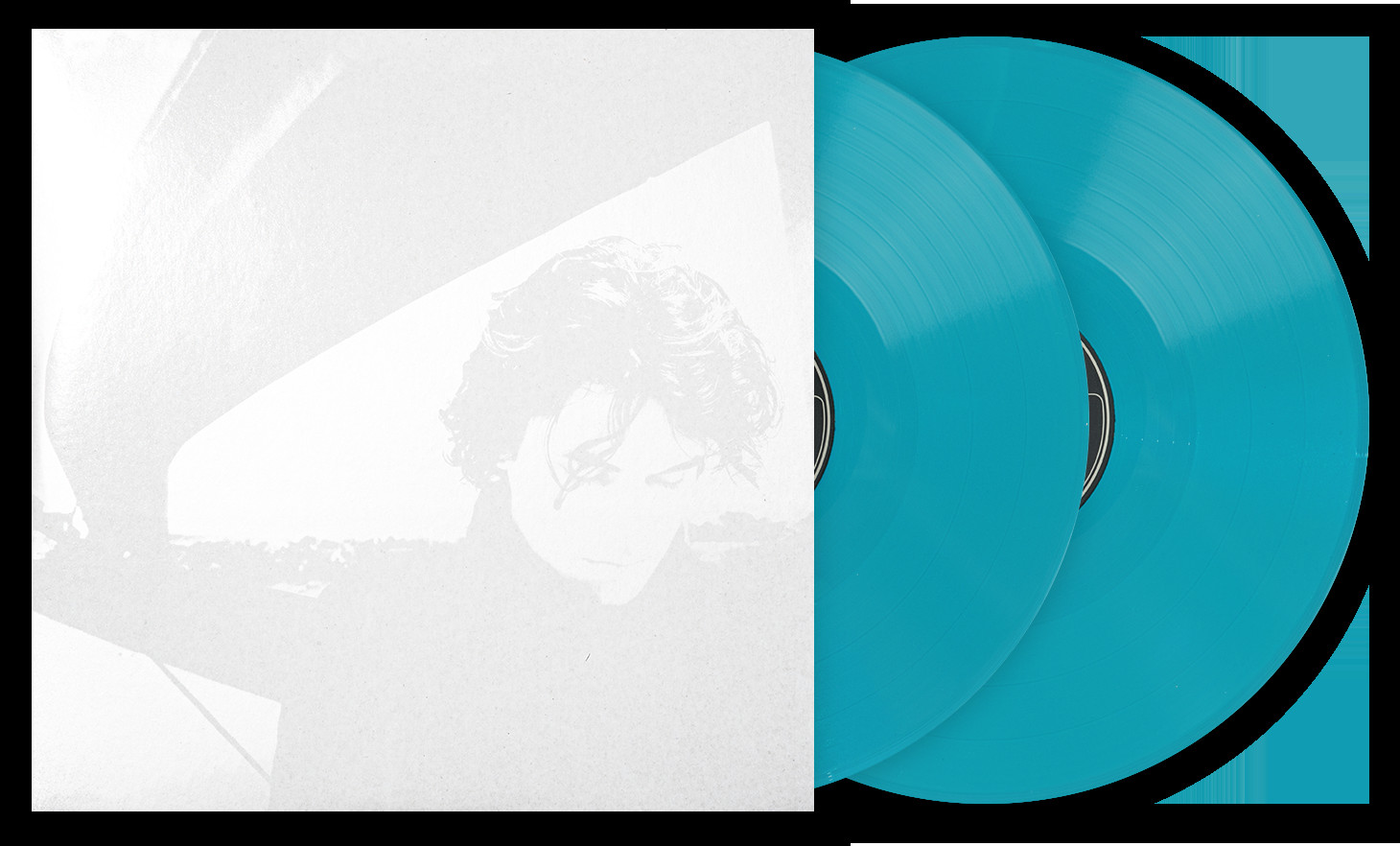In 2006, the world felt heavy. News headlines were dominated by the Iraq War, political divisions deepened, and as a teenager riding the school bus, the weight of it all felt distant yet suffocating. It was during this time that John Mayer’s “Waiting on the World to Change” drifted through the radio waves, offering a voice to the feelings of powerlessness many young people experienced. This wasn’t just another pop song; it was a reflection of a generation’s anxieties, perfectly encapsulated in Mayer’s smooth vocals and introspective lyrics, and a precursor to his seminal album, Continuum.
For many, John Mayer was already a familiar face. Bursting onto the scene with Room For Squares in 2001 and further solidifying his place with Heavier Things in 2003, he was the heartthrob with substance. His music resonated with the awkwardness of relationships and the universal experience of insecurity. But Continuum, released in 2006, was different. It was more mature, more nuanced, and showcased a deeper musicality. “Waiting on the World to Change” was just the tip of the iceberg, hinting at the thematic and sonic richness that Continuum held.
[
Essentials July 2020
 John Mayer Continuum Vinyl Record – Transparent Edition. A close-up view of the transparent vinyl for John Mayer's critically acclaimed album Continuum, highlighting its modern and sophisticated aesthetic.John Mayer
John Mayer Continuum Vinyl Record – Transparent Edition. A close-up view of the transparent vinyl for John Mayer's critically acclaimed album Continuum, highlighting its modern and sophisticated aesthetic.John Mayer
Continuum
](https://www.vinylmeplease.com/collections/records-of-the-month?constraint=track_essentials)
A Soundtrack to Uncertainty: Themes of Continuum
Continuum wasn’t just about waiting; it was about grappling with the things beyond individual control. The album title itself suggests a continuous flow, reflecting the ongoing nature of life’s challenges and changes. Tracks like “Belief” directly address the futility of imposing beliefs on others, a sentiment Mayer articulated in a 2007 NPR interview, highlighting the deeply personal nature of conviction. This was an album that didn’t offer easy answers but instead explored the complexities of navigating a world filled with conflict and seemingly intractable viewpoints.
While the world stage was fraught with tension, American domestic life continued, somewhat removed from the immediate impact of overseas conflicts. This disconnect, where war was a televised event rather than a tangible reality for many, created a sense of unease and detachment. “Continuum” tapped into this feeling, acknowledging the comfortable distance yet hinting at a simmering undercurrent of concern. This context resonates even more powerfully today, as global events increasingly impact daily life and societal divisions become ever more pronounced.
However, Continuum was not solely a political or societal commentary. It was equally introspective, delving into personal struggles and anxieties. Songs like “Stop This Train” express a fear of life moving too quickly, a desire to pause and savor the present. “Slow Dancing in a Burning Room” poignantly portrays the quiet disintegration of a relationship, while “Gravity,” perhaps the album’s emotional centerpiece, explores the fear of losing oneself, of succumbing to the weight of life’s pressures. These personal themes, woven through the album, created a relatable tapestry of human experience, making Continuum more than just a collection of songs; it was a mirror reflecting the anxieties of a generation coming of age.
Musical Evolution: Continuum’s Sound and Style
Beyond its lyrical depth, Continuum marked a significant turning point in John Mayer’s musical style. While his earlier work established him as a pop-rock artist with considerable guitar skills, Continuum showcased a deeper immersion into blues, soul, and R&B influences. This evolution was partly foreshadowed by Try!, the 2005 live album with the John Mayer Trio, featuring Steve Jordan and Pino Palladino. Try! allowed Mayer to explore his guitar playing in a freer, more improvisational setting, paving the way for the sonic textures of Continuum.
Mayer himself described Continuum as “a pop record made by a guitar player,” a concise and accurate assessment. “Waiting on the World to Change,” despite its pop sensibilities and chart-topping success, sits alongside tracks like “Gravity,” where Mayer’s guitar work is both emotive and technically brilliant, creating an atmosphere of soulful introspection. “In Repair” features a Hammond organ, adding a layer of classic soul to the album’s sonic palette. And then there’s his cover of Jimi Hendrix’s “Bold As Love,” a clear homage to his guitar heroes and a statement of his own evolving musicianship. Continuum was where Mayer truly solidified his identity as a guitar virtuoso within a pop framework, bridging genres and appealing to a wider audience.
Continuum’s Lasting Legacy and Impact
Continuum became John Mayer’s most commercially and critically successful album for good reason. It spent 41 weeks on the Billboard Hot 100, earned Mayer a Grammy for Best Male Pop Vocal Performance for “Waiting on the World to Change,” and cemented his status as a major musical force. But its impact extends beyond awards and chart positions. Continuum acted as a musical prism, refracting Mayer’s career into diverse directions. It legitimized his forays into genres beyond pop-rock, allowing him to comfortably collaborate with artists across the musical spectrum, from Dead & Company to Frank Ocean, Keith Urban, and Beyoncé.
More importantly, Continuum resonated deeply with listeners. It captured a specific moment in time, the anxieties and uncertainties of the mid-2000s, while simultaneously exploring timeless themes of personal growth, relationships, and self-discovery. It spoke to a generation feeling adrift in a changing world, offering solace and connection through its honest lyrics and soulful melodies. While “Waiting on the World to Change” acknowledged a sense of powerlessness, the album as a whole, and Mayer’s subsequent career trajectory, ultimately delivered a more empowering message: take control of what you can, shape your own path, and get to work on your own narrative. Continuum wasn’t just an album; it was a statement of artistic evolution and a soundtrack for a generation coming into its own.
